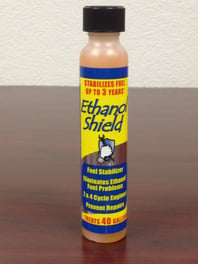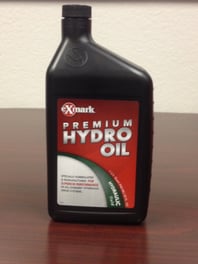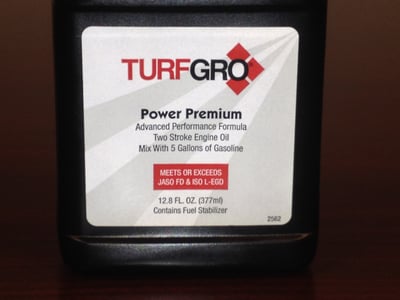When you have a 2 cycle engine that's running poorly or not at all, a simple solution to try before taking the unit into the shop is Mechanic In a Bottle. In this FAQ, Toley McGettigan, Horizon's National Sales Manager for Power Equipment, describes how Mechanic In a Bottle works and provides a few steps for using it correctly in both poor-running and non-running engines.
Video Summary
Mechanic In a Bottle is a synthetic fuel additive that cleans and revitalizes 2 & 4 cycle engines. It removes varnish from the fuel system without having to remove the carburetor, removes carbon deposits and water, revitalizes rubber and plastic components, and cleanses the unit's fuel system so that it starts efficiently and operates in top condition.

Usage Instructions for a Poor-Running Engine
1. Mix 1 oz of Mechanic in a Bottle per gallon of fuel.
2. Fill the fuel tank and run the engine for 5 minutes.
3. Let the unit sit for 8 hours.
Usage Instructions for a Non-Running Engine
1. Drain the fuel system completely.
2. Add Mechanic In a Bottle to the tank. 2 oz for small power equipment (e.g. string trimmers), 4 oz for larger equipment (e.g. mowers).
3. Press the primer bulb to get the Mechanic In a Bottle up into the engine.
4. Let the unit sit for 8 hours.
5. Pour in a fresh tank of gas and start the engine.


 To keep your engine safe, it's important to use:
To keep your engine safe, it's important to use: It's a good idea to use an oil that is designed specifically for hydraulic systems. Since it's not an engine oil, Exmark has added zinc back in to their Premium Hydro Oil. This oil stays contained, doesn't burn off, and goes to a higher temperature without breaking down.
It's a good idea to use an oil that is designed specifically for hydraulic systems. Since it's not an engine oil, Exmark has added zinc back in to their Premium Hydro Oil. This oil stays contained, doesn't burn off, and goes to a higher temperature without breaking down.